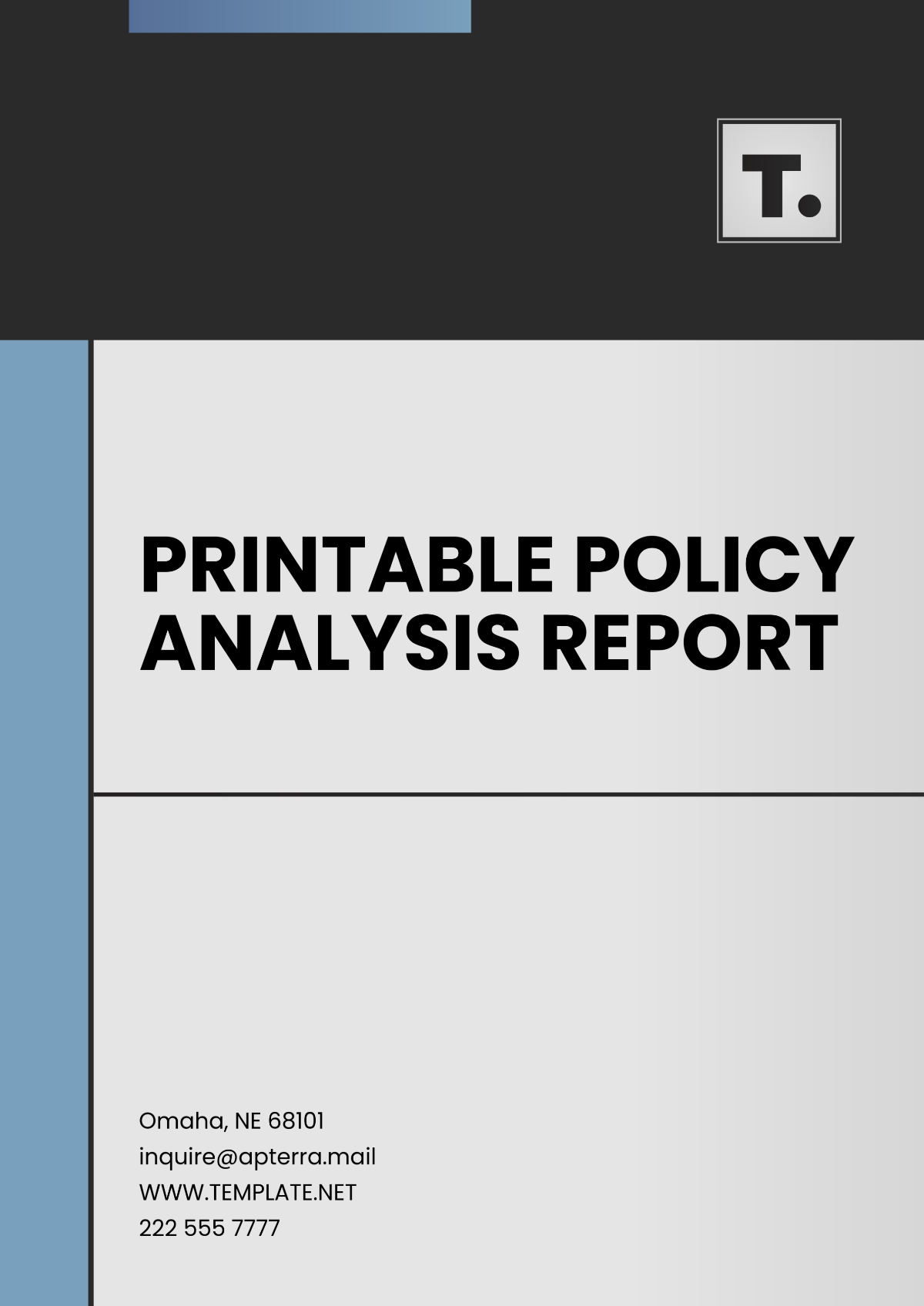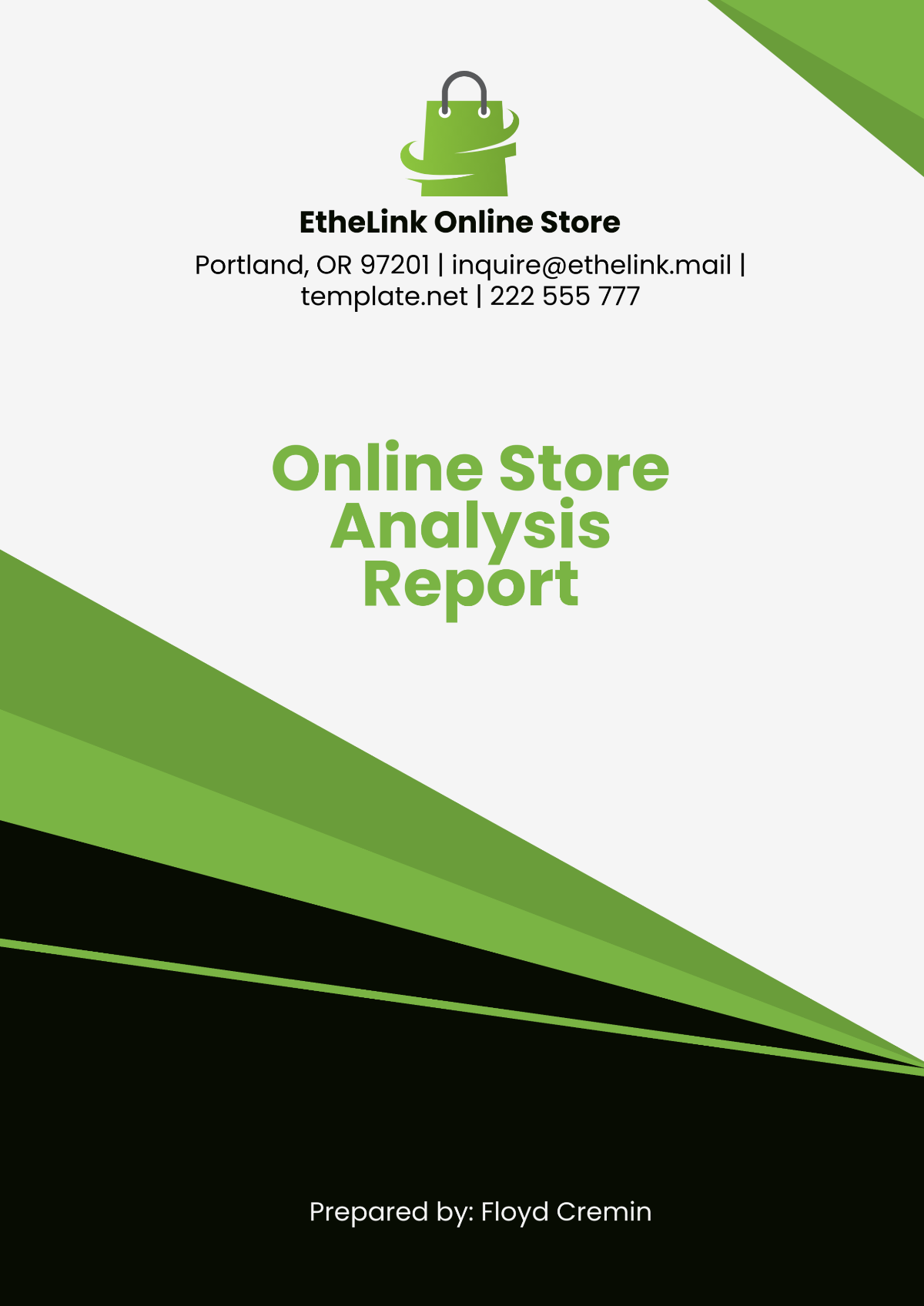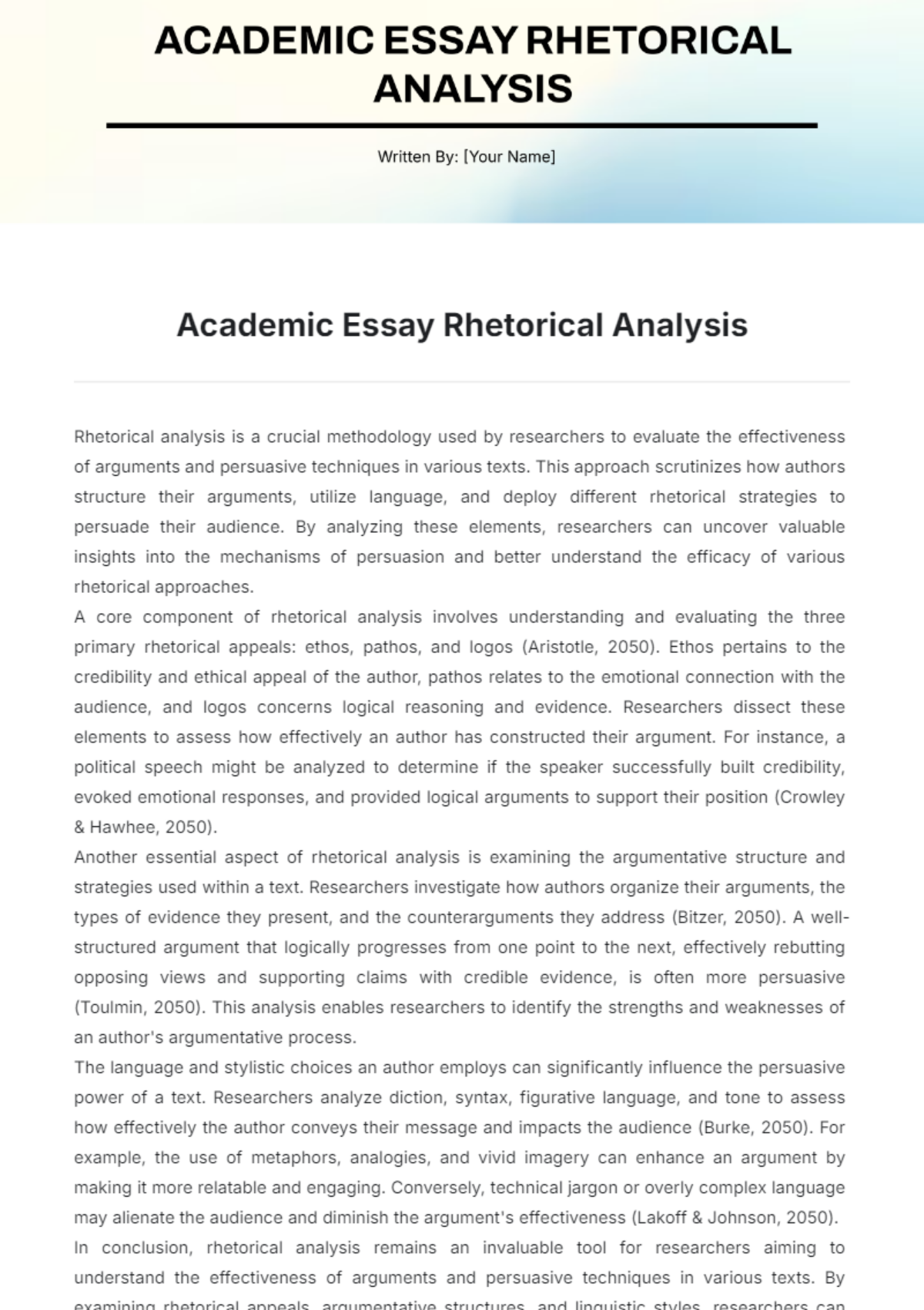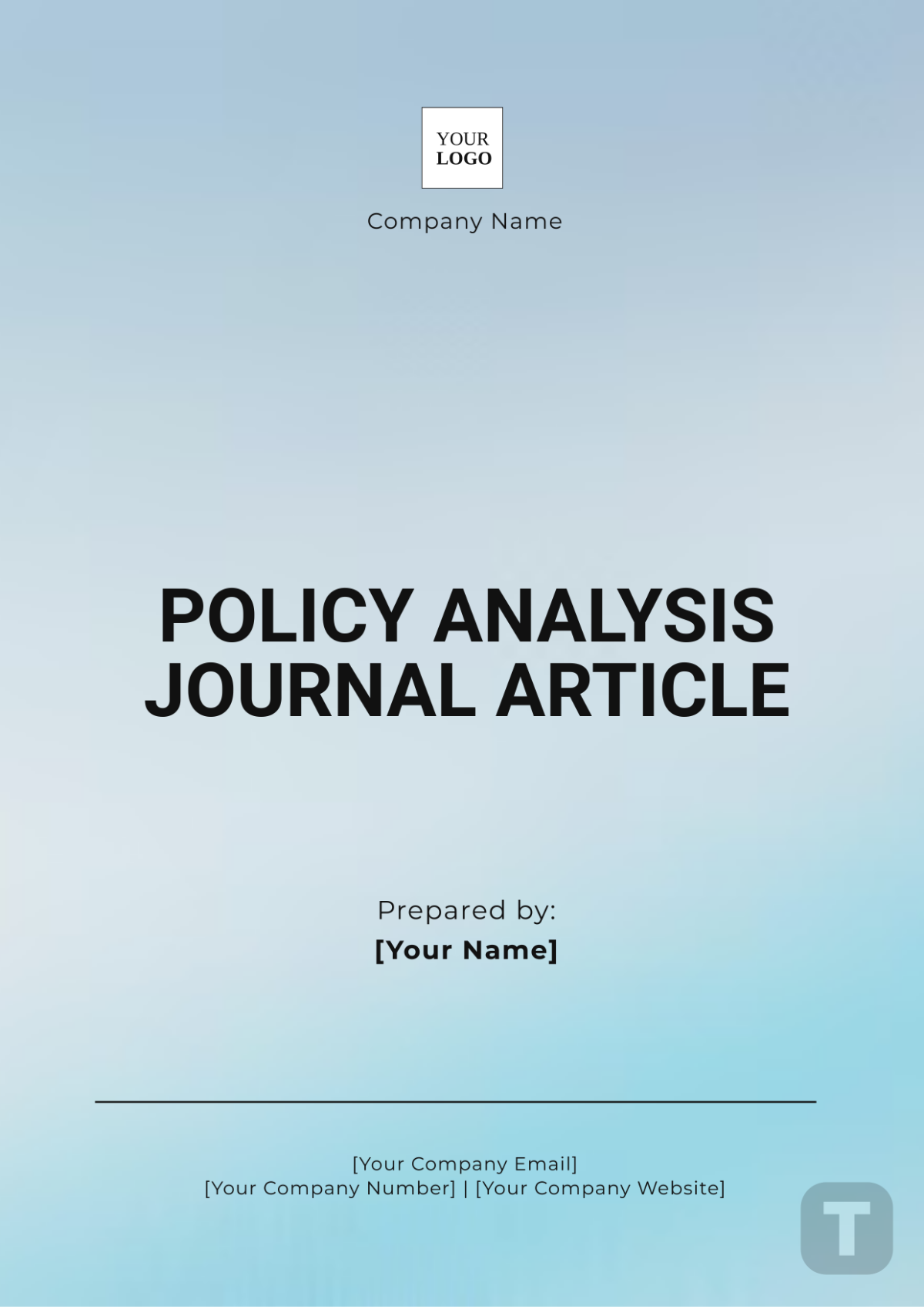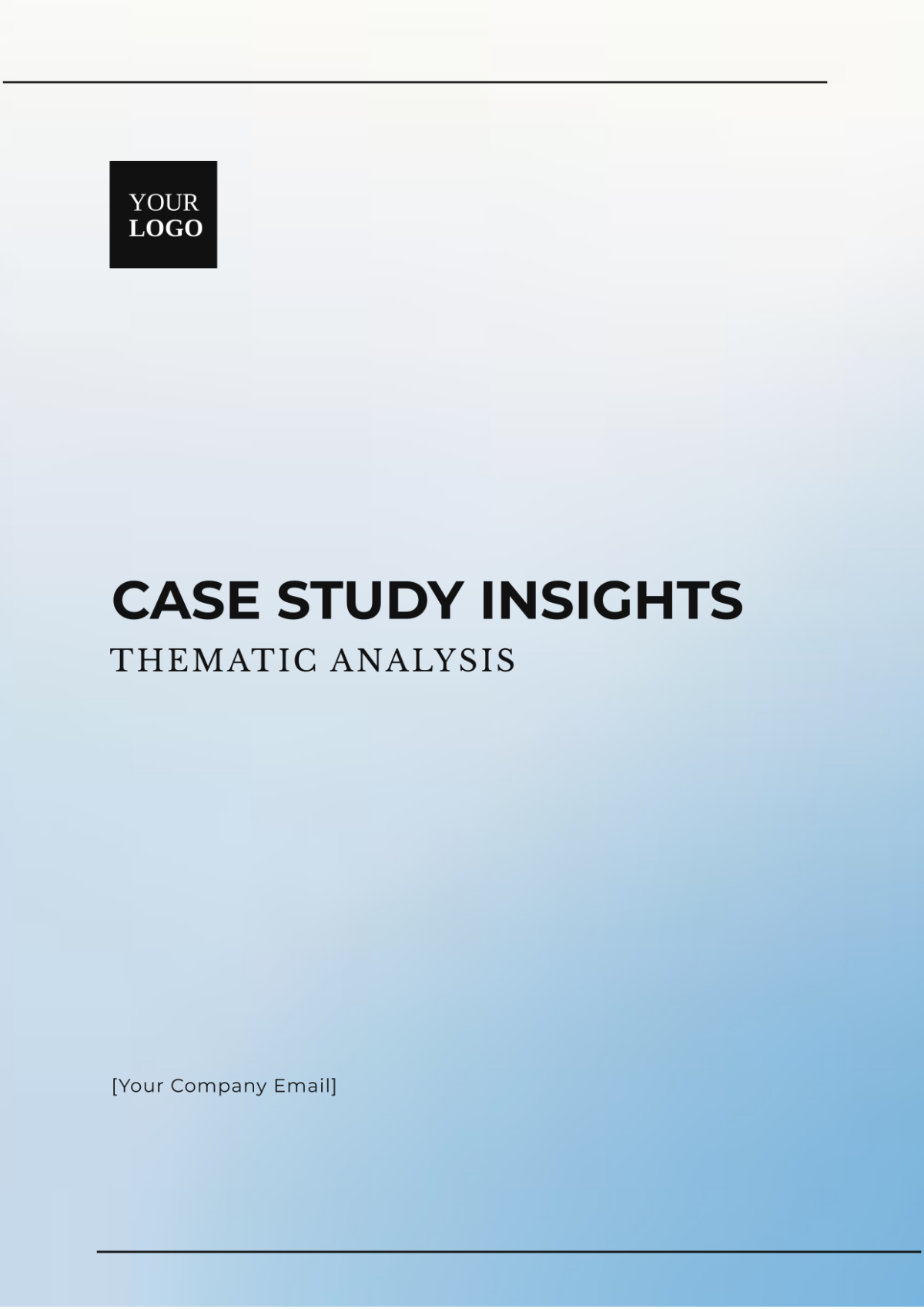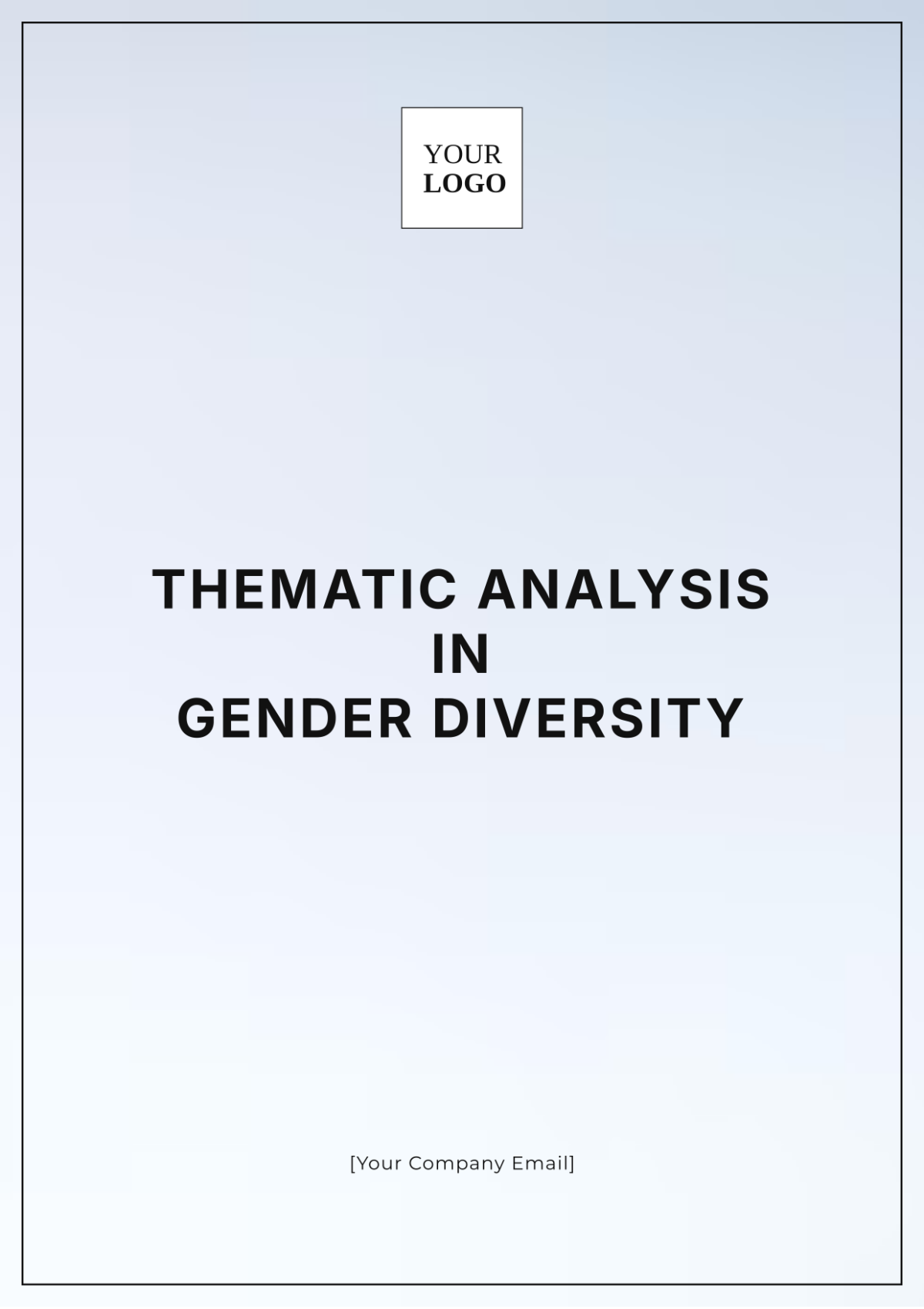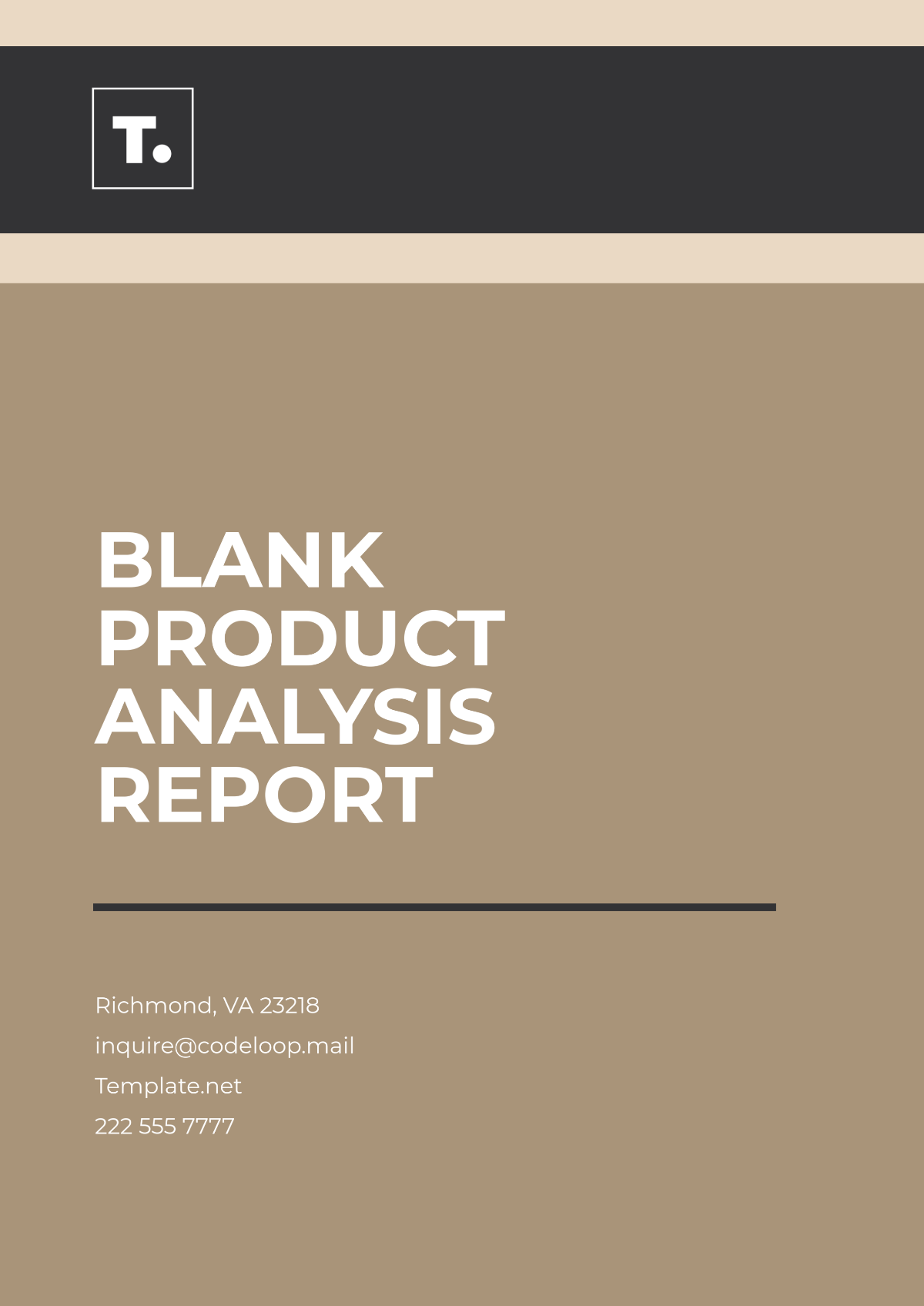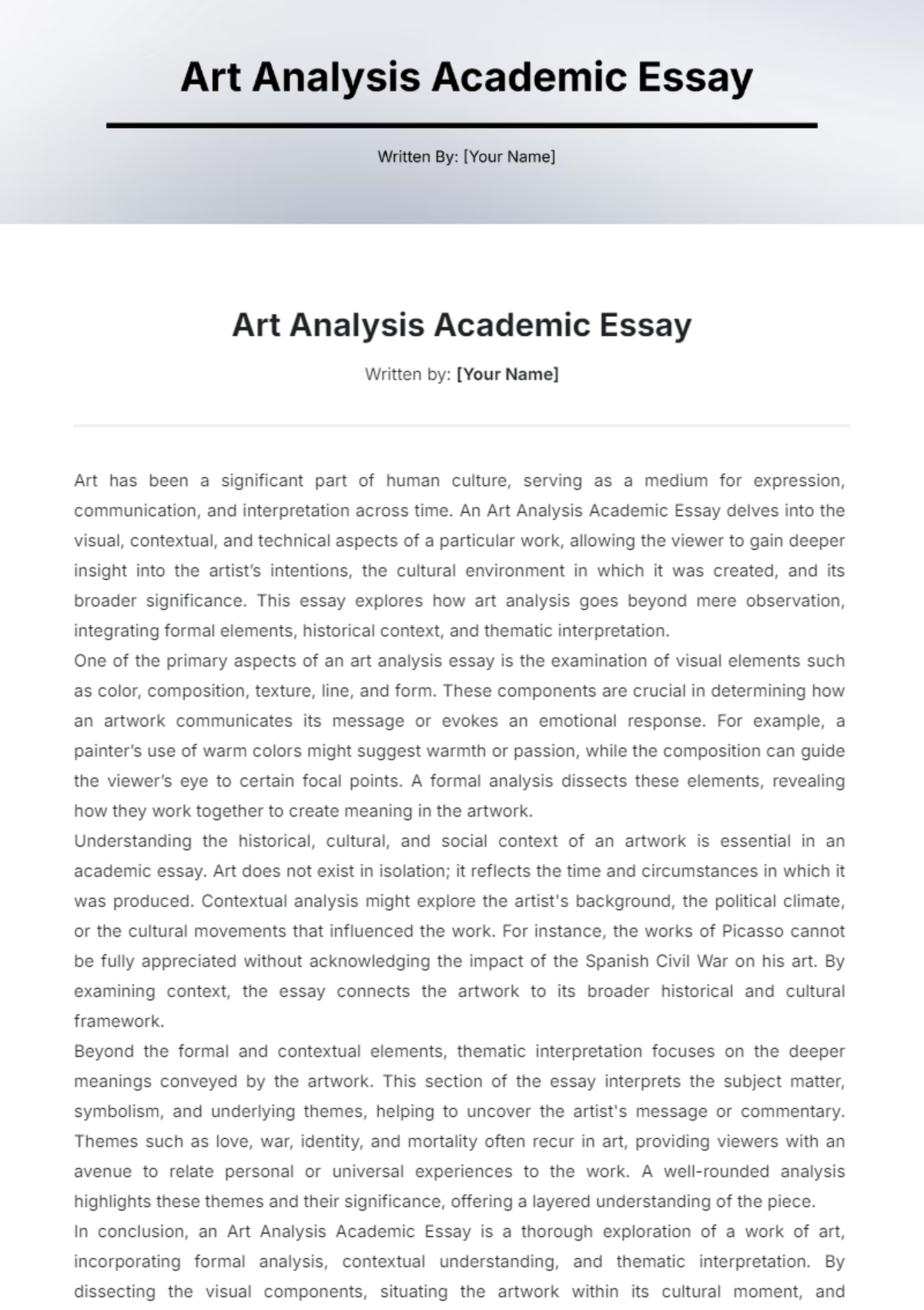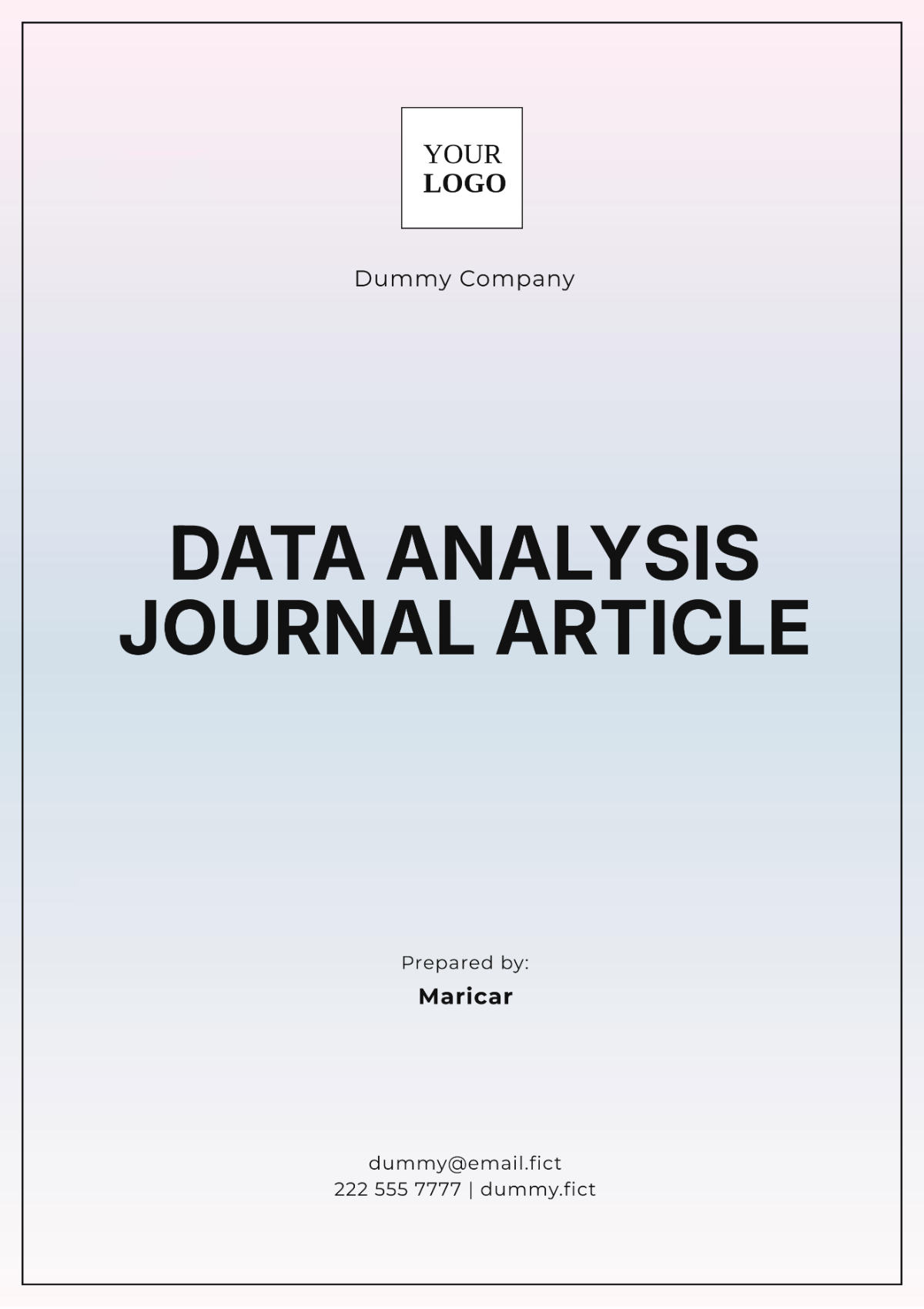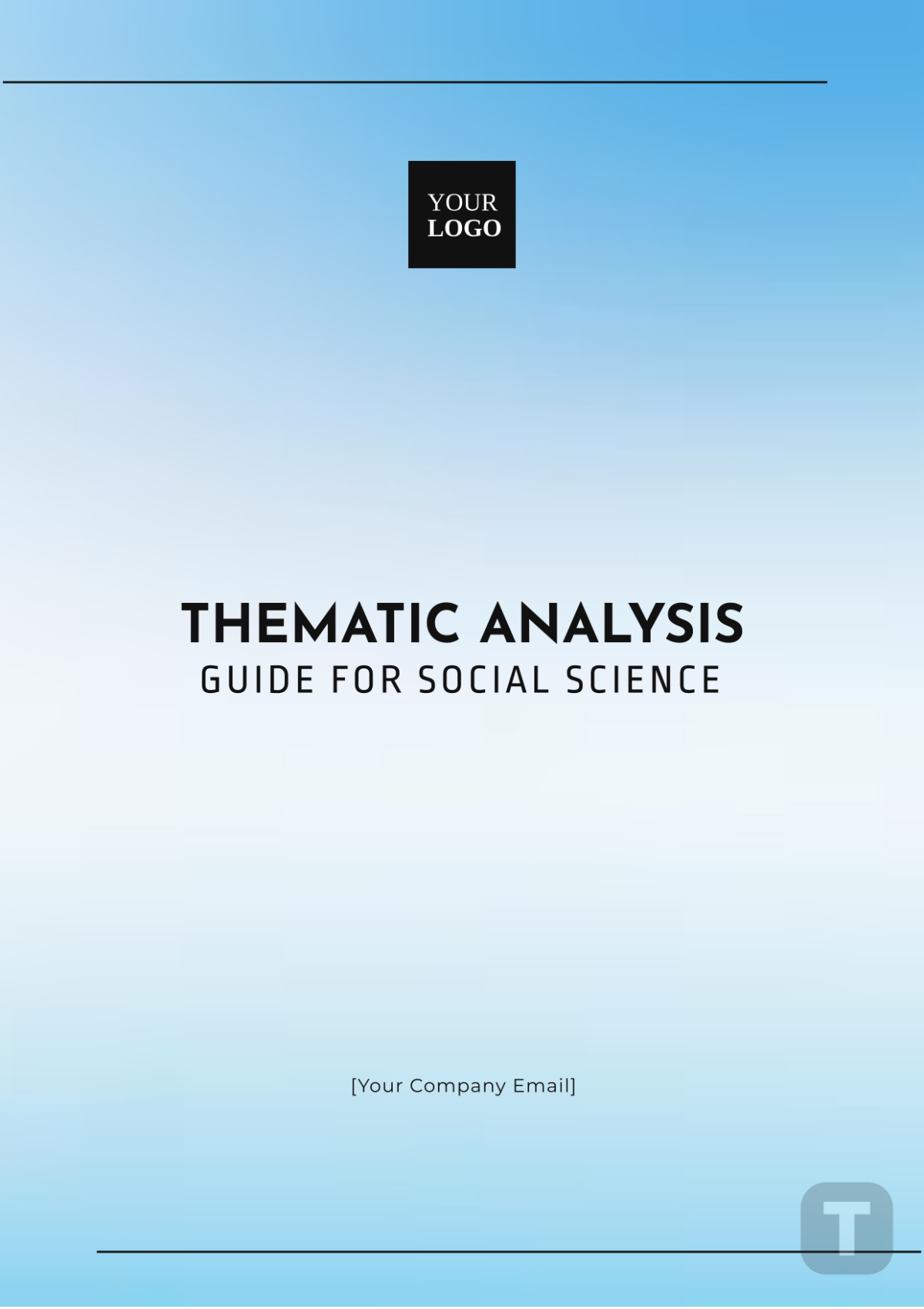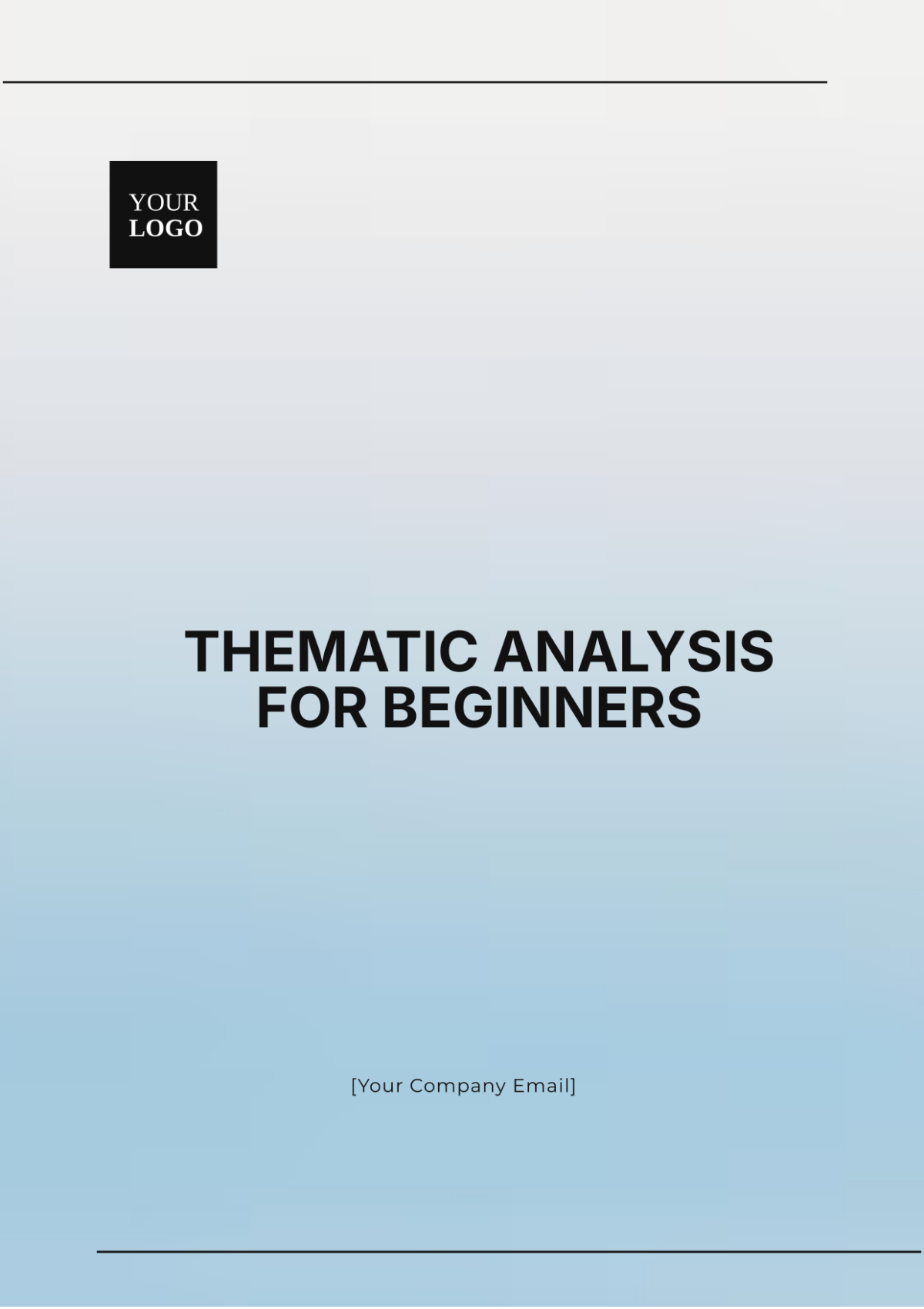Case Study Insights Thematic Analysis
Prepared by: [YOUR NAME]
Company: [YOUR COMPANY NAME]
Date: [DATE]
I. Introduction
Thematic Analysis is a qualitative research method used to identify and analyze patterns or themes within qualitative data. This approach seeks to provide a rich, detailed, and nuanced account of the data, capturing the complexities and subtleties of participants' responses. In this case study conducted by Dummy Company, we apply Thematic Analysis to uncover recurring ideas, concepts, or insights that emerge from the data, offering a deeper understanding of the subject matter under investigation.
II. Methodology
The methodology for conducting Thematic Analysis is typically divided into six phases as outlined by Braun and Clarke (2050). This section explores each phase in detail.
A. Phase 1: Familiarization with the Data
Researchers immerse themselves in the data by reading and re-reading the data set, noting down initial ideas.
Reading transcripts
Highlighting significant points
Taking initial notes
B. Phase 2: Generating Initial Codes
This phase involves identifying interesting features of the data systematically across the entire data set. Codes are the basic segments of the data, providing meaningful segments.
Utilizing coding software or manual coding
Assigning codes to data extracts
Organizing data relevant to each code
C. Phase 3: Searching for Themes
The third phase entails sorting the different codes into potential themes and gathering all data relevant to each potential theme.
Collating codes into themes
Reviewing coded data extracts
Potential themes identification
D. Phase 4: Reviewing Themes
The researcher preliminarily reviews the themes to ensure they form a coherent pattern. This involves two levels:
Level 1: Reviewing coded data extracts for each theme
Level 2: Considering the validity of individual themes
E. Phase 5: Defining and Naming Themes
In this phase, themes are refined to identify the 'essence' of each theme. Additionally, sub-themes are identified if they exist.
Analyzing each theme
Creating detailed theme definitions
Naming the themes succinctly
F. Phase 6: Producing the Report
The final phase involves writing the thematic analysis report. This includes a clear, coherent, and logical account of the story the data tells.
III. Results
The thematic analysis of the case study uncovered several major themes. These themes are presented below along with supporting data extracts and narrative descriptions.
Theme 1: Communication Breakdowns
Sub-theme 1.1: Misunderstandings Due to Language Barriers
Sub-theme 1.2: Lack of Feedback Mechanisms
Data Extract | Code | Theme |
|---|---|---|
"I often find it difficult to understand what my manager wants." | Language Barrier | Misunderstandings |
"Our team rarely receives feedback on our performance." | Feedback Absence | Lack of Feedback Mechanisms |
Theme 2: Organizational Culture
Sub-theme 2.1: Hierarchical Structure
Sub-theme 2.2: Inclusivity and Diversity
Data Extract | Code | Theme |
|---|---|---|
"Decisions are always made at the top level." | Top-down Decision Making | Hierarchical Structure |
"Our workplace is quite diverse and inclusive." | Diversity | Inclusivity |
IV. Discussion
This section synthesizes the thematic analysis findings, discussing the broader implications and contextualizing them within existing literature. It also considers the study's limitations and suggests areas for future research.
A. Implications
Understanding communication breakdowns and organizational culture is critical for improving workplace dynamics and productivity. For instance:
Addressing language barriers through training programs
Implementing regular feedback mechanisms
Promoting a more inclusive and less hierarchical work environment
B. Limitations
While this thematic analysis provides valuable insights, it has limitations:
The findings may not be generalizable to all settings
Biases in data interpretation
Limited sample size
C. Future Research
Future studies could explore:
Longitudinal impacts of communication improvement interventions
Comparative studies across different organizational types
In-depth analysis of sub-themes
V. Conclusion
The thematic analysis of the case study data provided systematic insights into the communication breakdowns and organizational culture within the studied environment. By addressing the identified themes, organizations can enhance their operational effectiveness and workplace harmony.


